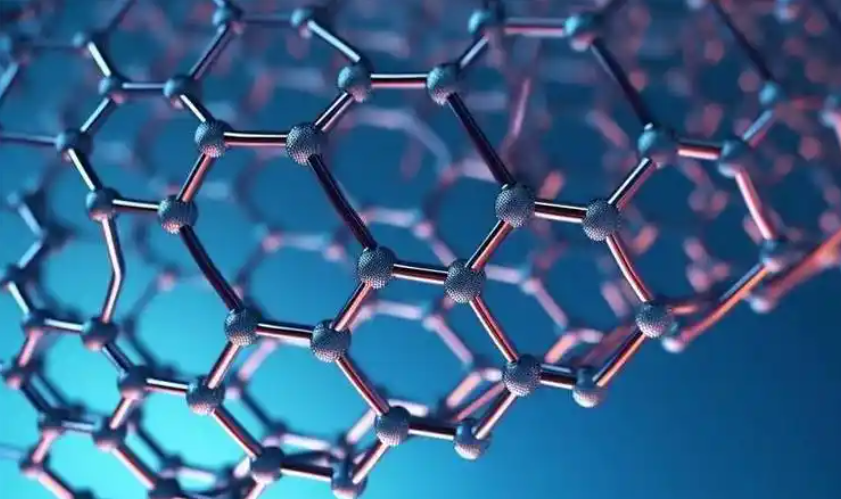Graphene Membranes for Gas Separation: Tuning Selectivity at the Atomic Scale
Gas separation is critical for industries ranging from natural gas processing and hydrogen production to carbon capture and semiconductor manufacturing. Traditional membranes often face a trade-off between permeability and selectivity. Graphene-based membranes, especially graphene oxide (GO) and nanoporous graphene, offer a game-changing solution due to their atomic thickness and tunable pore structures.

🔹 1. Why Graphene is Ideal for Gas Separation
-
One-atom-thick layer = minimal resistance
-
Precise control of pore size down to sub-nanometer scale
-
Functionalizable surfaces for selectivity tuning
-
High chemical and thermal stability
🔹 2. Types of Graphene Membranes
a. Nanoporous Graphene (NG)
-
Single-layer graphene etched with pores
-
Ultra-selective for H₂/CH₄, CO₂/N₂, etc.
-
Lab-scale fabrication with ion beam or oxidative etching
b. Graphene Oxide (GO) Laminates
-
Stacked GO sheets form selective nanochannels
-
Tune interlayer spacing with chemical crosslinking or reduction
-
More scalable for industrial applications
🔹 3. Targeted Gas Separation Applications
-
Hydrogen Purification
-
H₂/CH₄ or H₂/CO₂ for fuel cells and ammonia production
-
-
Natural Gas Upgrading
-
CO₂ removal, N₂ rejection
-
-
Air Separation
-
O₂/N₂ purification
-
-
Carbon Capture
-
Post-combustion CO₂/N₂ capture from flue gas
-
🔹 4. Recent Research and Industrial Progress
-
MIT: Demonstrated selective H₂ transport through NG
-
University of Manchester: Graphene sieves for precise molecular separation
-
EnerVenue & Samsung: Exploring GO for clean H₂ projects
-
G2O Water: Developing GO membranes for both water and gas filtration
🔹 5. Key Challenges
-
Pore engineering reproducibility
-
Mechanical stability under pressure
-
Large-scale fabrication of defect-free sheets
-
Membrane fouling and long-term performance
Graphene membranes represent a revolutionary platform for ultra-selective, energy-efficient gas separation. As manufacturing technologies improve, these atomically-thin materials will play an essential role in clean energy, climate solutions, and advanced industrial processing.

